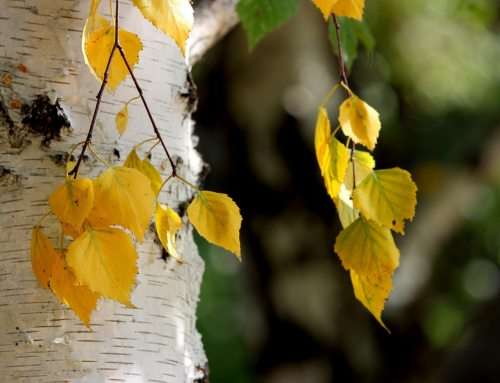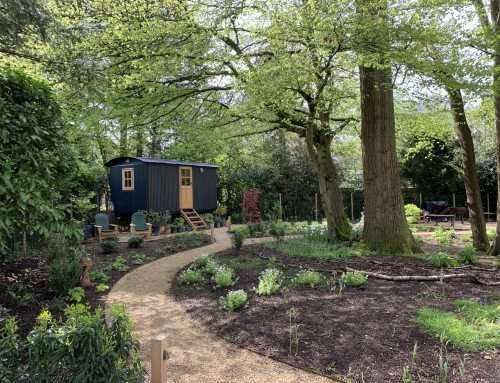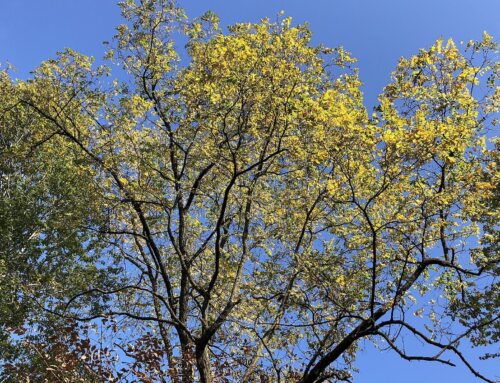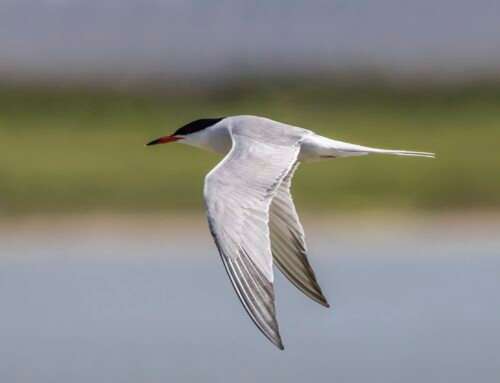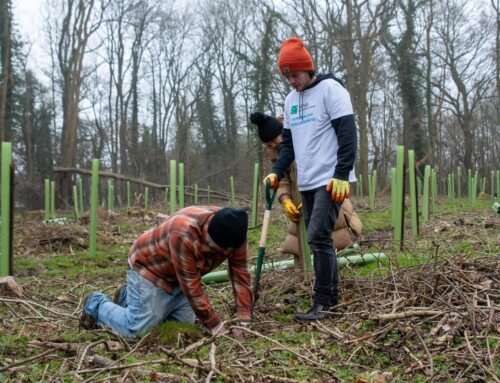Forest Tree Series: Western Red Cedar
By Katie Stevens
Welcome to the fifth blog in the Forest Tree series.
This blog will focus on the densely tall Western Red Cedar (Thuja plicata), shortened to WRC: a non-native conifer. Its foliage is flat and spread out into fairly even, alternating twigs of scale-like, oval leaves. It has a very glossy, dark green colour with a whitish underside. As its name suggests, the bark is a deep reddy-brown colour, deeply fissured and ridged. Like most other conifers, WRC is monoecious, meaning both male and female flowers are found on the same tree. Female flowers are small, reddy-purple, and grow at the tips of twigs, whereas male flowers are slightly lighter, although they are very small and hard to spot. Once pollinated, small green cones develop at the top of each twig, which quickly turn brown. They are very slender and oval-shaped with individual scales. An interesting fact: there are a couple of other conifer species that look extremely similar to WRC, namely Leyland and Lawson Cypress. All have green-scaled leaves on splayed twigs, but the main difference and easy ID go-tos are the cones and smell. Cypress cones begin green or blue before turning brown, but the main differing factor is that they are round, ball shapes with really broad scales. WRC cones are oval and have more scales (up to 12). Another way is by smell: when crushed, WRC leaves smell very sweet and of pineapple, whereas Lawson cypress smells of parsley, and Leylandii smells very similar to WRC but gives off a more acidic lemony smell.
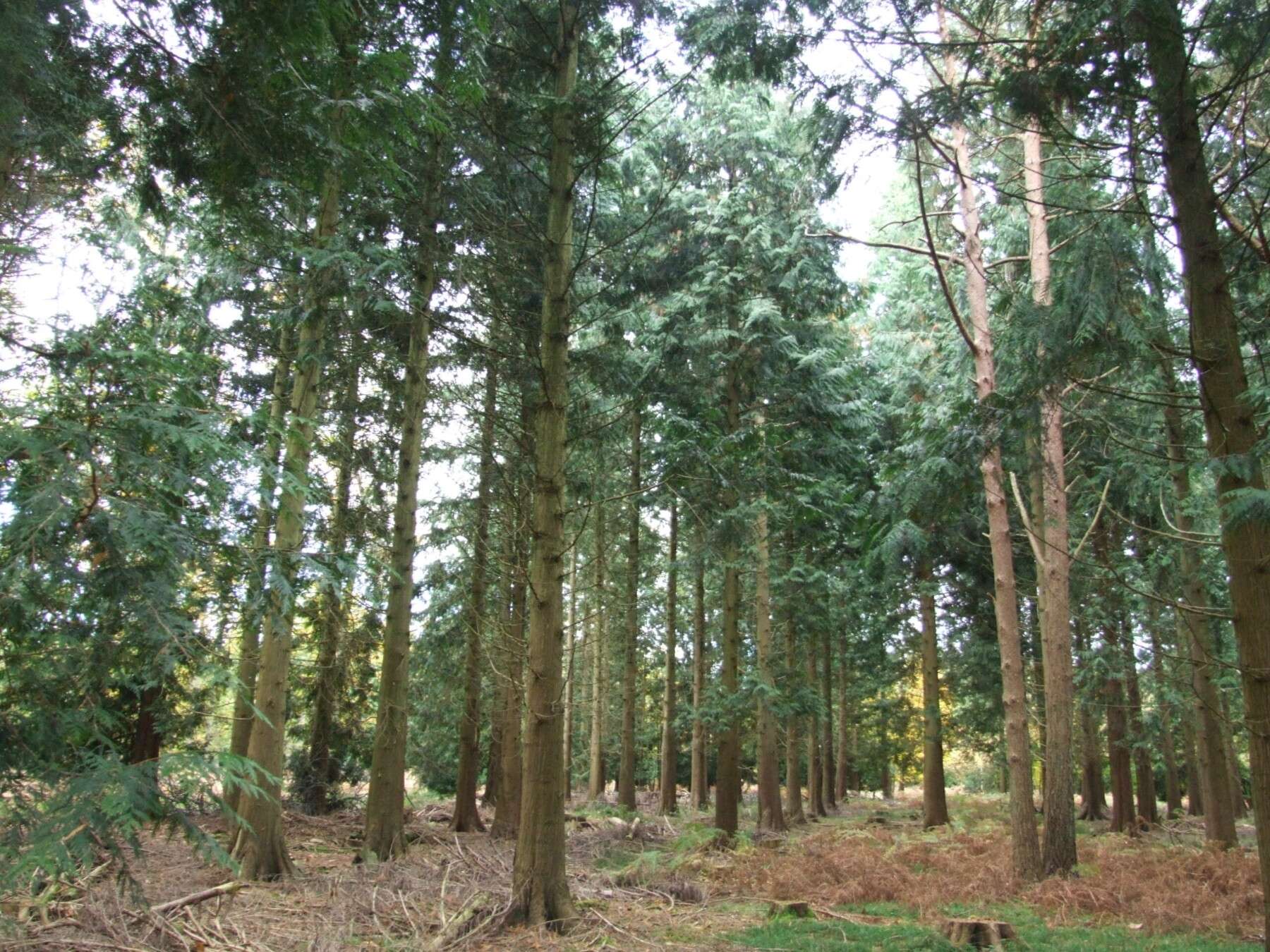
Western Red Cedar is native to Western America and Canada, as well as extending eastwards along the Canadian border into the Cascade Mountains. Its prime native range runs from Alaska down to California, spreading to Western Montana and Idaho. Although native to America, surprisingly, there is a low volume grown; it is estimated that 80% of the world’s volume is in Western Canada, with less than 20% in the USA, and a small percentage throughout the rest of the world. It was first introduced to the UK in 1853 and has settled well in southern England and Wales, where conditions are more suitable.
Reaching heights of up to 40m and with a lifespan of up to 800-1000 years, Western Red Cedar does well on sheltered sites and lower valley slopes, with an average rainfall of 800mm. Although cold tolerant, it suffers greatly from exposure and late spring frosts. It is susceptible to wind damage, particularly on wetter sites. If planted on exposed sites, a more wind-firm species will have to be planted around the woodland edges to protect and prevent damage.
Compared to other conifer species, Western Red Cedar can tolerate our British rain! It will grow well on clay, waterlogged, or calcareous soils, ground that is deep or shallow, and either fertile or infertile. You could say it is one of the most well-adapted conifer species in Britain! However, it is one conifer species that doesn’t tolerate very dry, sandy soils or soils prone to drought, and it struggles on very infertile soils. It is a very shade-tolerant species, meaning that it can be planted in dense mixtures with other species and still maintain good growth. When young, the growth rate is very slow.
Stocking densities for WRC vary depending on the planting situation. The two main types are as a pure stand or as part of a mix, acting as the ‘nurse crop’. This means that a smaller percentage of WRC is planted to support the growth and form of the main species, whether it be Oak, Beech, or Douglas fir. It makes an excellent nurse crop, as its narrow, cone-like crown does not interfere with its neighbours, and it keeps a similar growing pace to the rest of the stand so as not to suppress their growth. Generally, when planting WRC as a nurse species within a mixed stand, a stocking density of 2000 trees/ha is used, which equates to 2m apart. This is to allow space for the variety of species to develop correctly and encourage straight stems. However, if planting WRC as the main species or in pure stands, a tight stocking of 3500-4000 trees/ha is required, at a density between 1.5-1.7m apart. Although it is a relatively slower-growing conifer, it is important to execute a regular pruning schedule. Without pruning, the base of the tree becomes swollen and fluted, drastically lowering the value and usability of the timber. This is generally the case when felling WRC grown in mixed species woodlands as a nurse crop.
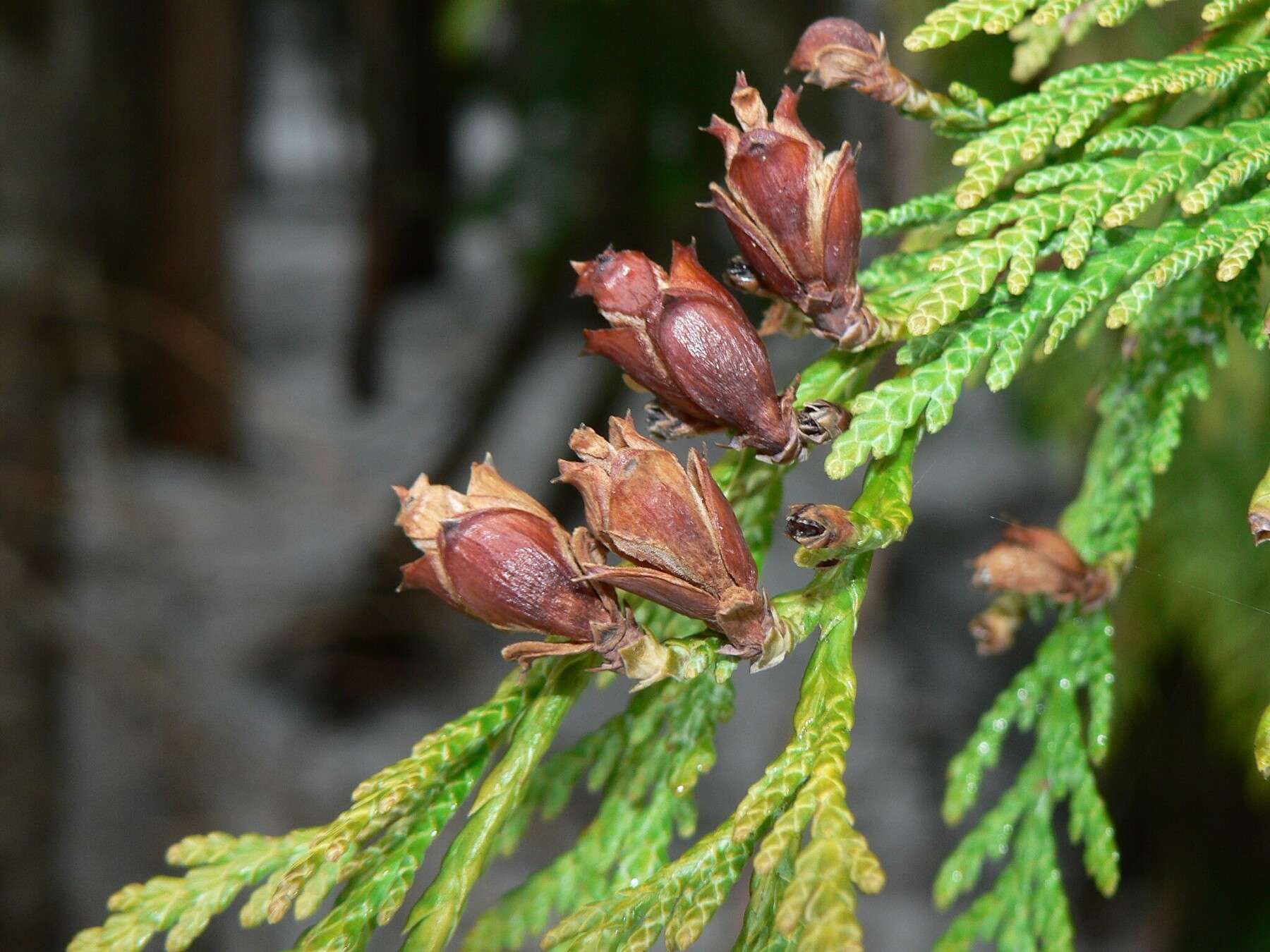
Compared to most other commercial conifer species, WRC does not require such an early thinning intervention due to its shade-tolerant and slower-growing nature. Generally, when a woodland is thinned, the remaining trees respond to the more open canopy and have a growth spurt. This is not the case for WRC! When a Western Red Cedar stand is thinned, it responds quite slowly, taking its time to put on new growth. Historically, a WRC woodland is planted, pruned, but then ‘left alone’ until it reaches the good size of 30cm at 1.3m up the stem or ‘diameter at breast height (dbh)’. Then the whole stand is felled. If planted on good ground, it can reach that size between 50-70 years.
Western Red Cedar timber is highly sought after, both for its deep reddish-brown colour and natural durability. It contains an organic compound called tropolones, a yellow solid that binds to the protein molecules within the heartwood, creating its own natural chemical protection from rot and decay. Larger and older trees are used for garden furniture, greenhouses, and beehives, due to the lower proportion of sapwood. Smaller-diameter trees are not suitable for most wood products, including chipwood or pulp. However, the presence of tropolones means that these younger stems can be used for fence rails, as they don’t require any chemical treatment.
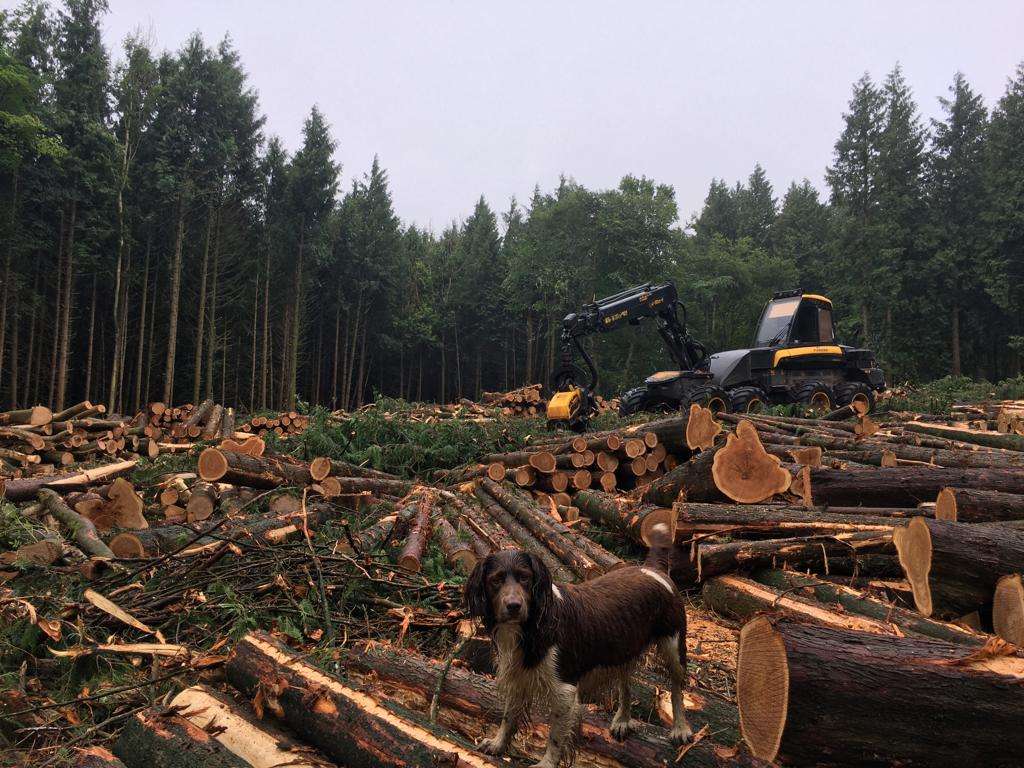
Unthinned WRC that our foresters felled recently, resulting in 700 tonnes of prime sawlog timber
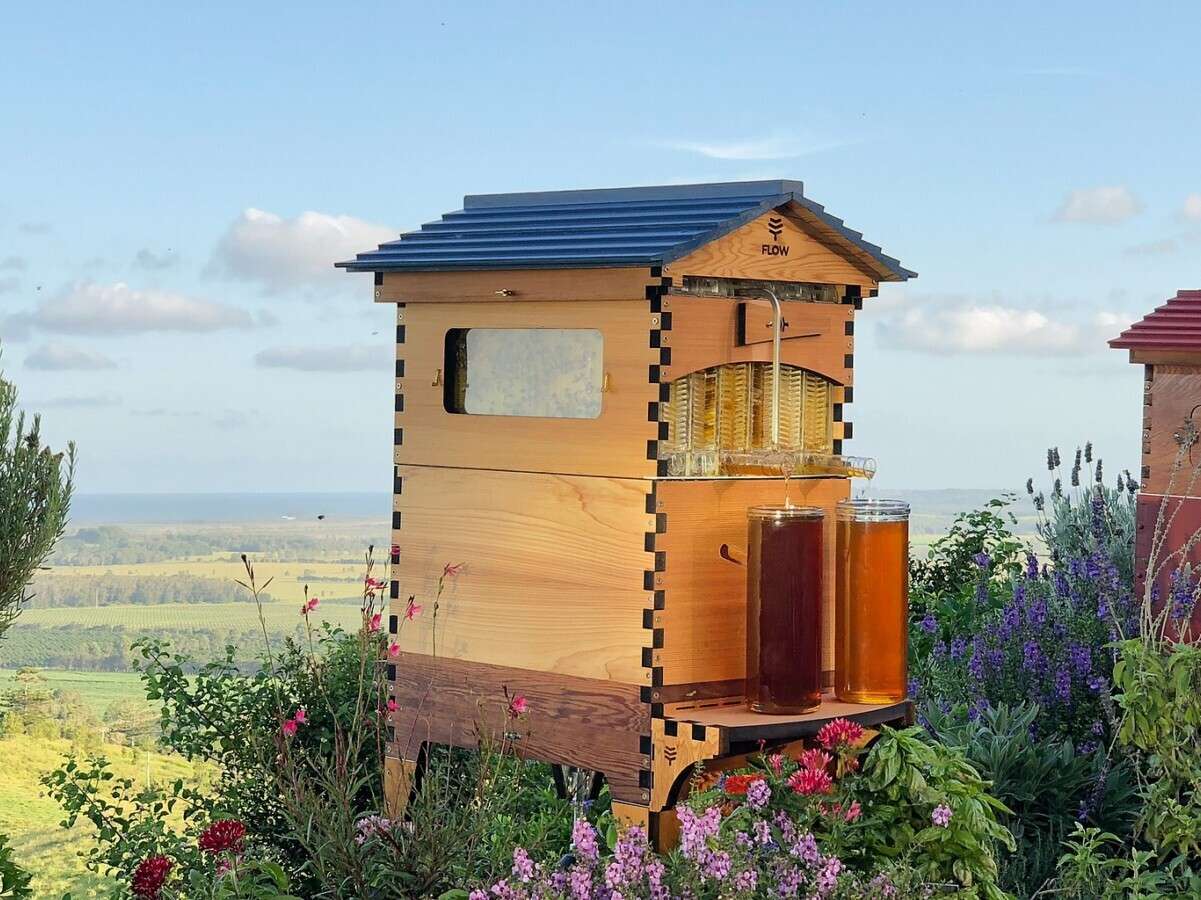
Timber is used to make beehives
Western Red Cedar is susceptible to several fungal pathogens. It is very susceptible to Honey fungus (Armillaria), causing decay and death. The bottom 2m of the tree is most affected. Didymascella thujina causes Keithia leaf blight, which is most common within nurseries. Leaves turn yellow and twigs die back. Cypress aphid (Cinara cupressivora), although more common on Cypress species, has been noted as a cause of foliage browning on WRC.
Currently, within UK forestry, Western Red Cedar is considered a minor, secondary species, mainly planted as a nurse species for other species, with some stands of pure WRC. However, because it is very shade tolerant, it is now more widely used for planting up small, shaded, or open areas within existing woodlands. This is more commonly known as Continuous Cover Forestry, where cyclical felling techniques are used to ensure that there is always a woodland canopy. Although historically planted more in the south, WRC is now more widely planted throughout the UK, particularly for diversifying upland forests in Scotland and Northern England. With good growth, hardiness, and timber quality, there is huge potential for the wider planting of Western Red Cedar in the future.

